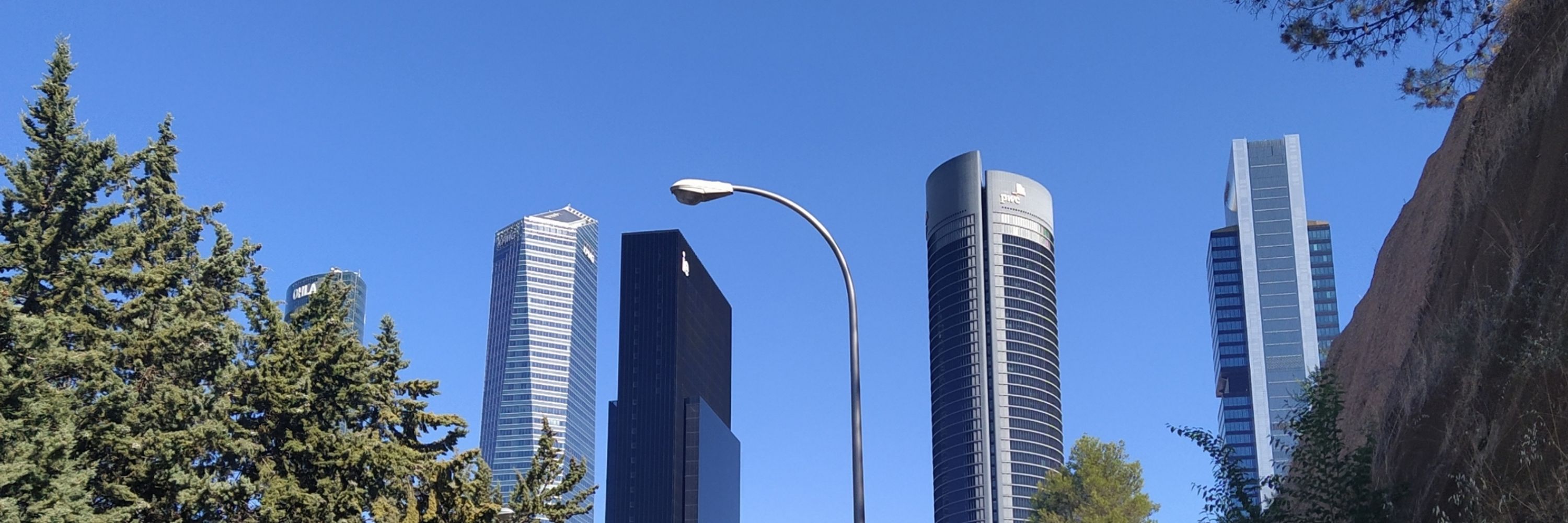


![Top: Models for the spatial organization of the CIA pathway in T. gondii and related organisms. A sulfur-containing product of the mitochondrial ISC pathway (possibly a [2Fe-2S] cluster) is exported from the mitochondrion. [4Fe-4S] clusters assemble on the NBP35 scaffold (N35) at the mitochondrial outer membrane, with electrons for this process donated from NADPH via mitochondrial Tah18 (T18) and possibly Dre2 (D2). [4Fe-4S] clusters are transferred from the NBP35 scaffold to Nar1 (N1), and further to the CIA targeting complex (CTC) comprised of CIA1 (C1), CIA2 (C2) and MMS19 (M19). CIA1 contains an extended CD5 loop (green) that mediates localization of the entire CTC to the mitochondrion. The CD5 loop may bind to (i) outer mitochondrial membrane lipids or (ii) outer mitochondrial membrane accessory proteins, and place the CTC in position to receive FeS clusters from Nar1. Alternatively, (iii) the CD5 loop may mediate interactions with FeS client proteins that are anchored on the mitochondrial outer membrane, thus facilitating FeS transfer from the CTC to these proteins. Elements of the diagram were created in BioRender. Bottom: The CIA pathway localizes to the mitochondrion of Toxoplasma gondii. Immunofluorescence assays of TgTah18-HA and TgDre2-HA expressing parasites, probed with anti-HA antibodies (green) to label the proteins-of-interest and anti-TgTom40 antibodies (magenta) to label the mitochondrion. Scale bars are 2 µm.](https://cdn.bsky.app/img/feed_thumbnail/plain/did:plc:5522ztebtekoor5efelihqhb/bafkreifgajr3ojktnxypvgen6ebql7tg5ov3equvc6prgcio3tp3rhmi6m@jpeg)


ER exit sites mediated by the COPII adaptor sec24D selectively recruit lipid raft-preferring proteins for rapid ER export.
rdcu.be/eR8jj

ER exit sites mediated by the COPII adaptor sec24D selectively recruit lipid raft-preferring proteins for rapid ER export.
rdcu.be/eR8jj
Cryo-ET and MD simulations reveal that dynein-2 is tuned for binding to the A-tubule of the ciliary doublet | The EMBO Journal www.embopress.org/doi/full/10....

Cryo-ET and MD simulations reveal that dynein-2 is tuned for binding to the A-tubule of the ciliary doublet | The EMBO Journal www.embopress.org/doi/full/10....
bit.ly/48g0oTa
bit.ly/48g0oTa
Using cryo-EM, SAXS & simulations, they revealed the choreography that keeps it from misfolding. This discovery could help train AI for RNA structure prediction.
www.embl.org/news/science...

Using cryo-EM, SAXS & simulations, they revealed the choreography that keeps it from misfolding. This discovery could help train AI for RNA structure prediction.
www.embl.org/news/science...
bit.ly/44mX1bW

bit.ly/44mX1bW
kwnsfk27.r.eu-west-1.awstrack.me/L0/https:%2F...
kwnsfk27.r.eu-west-1.awstrack.me/L0/https:%2F...






